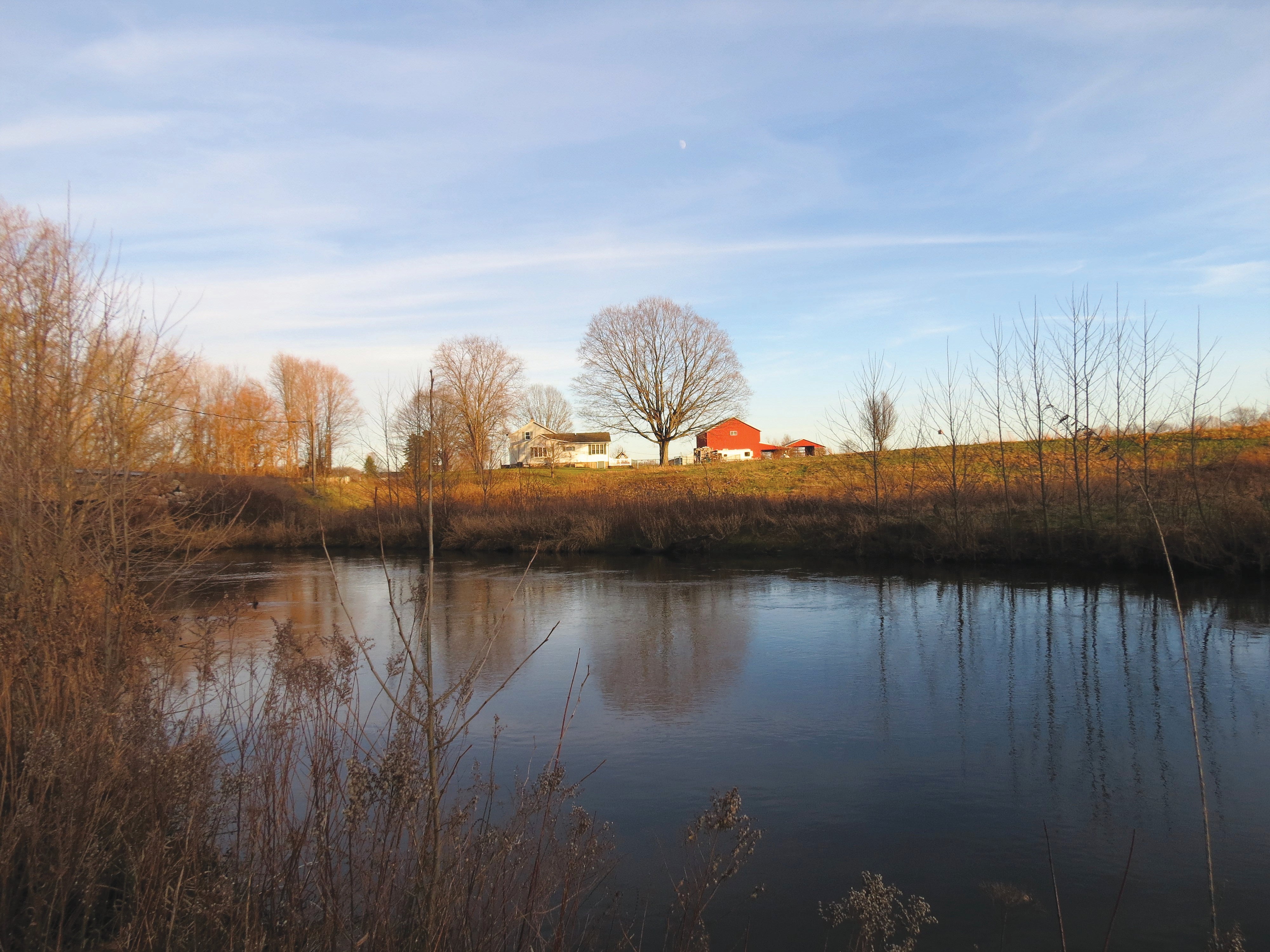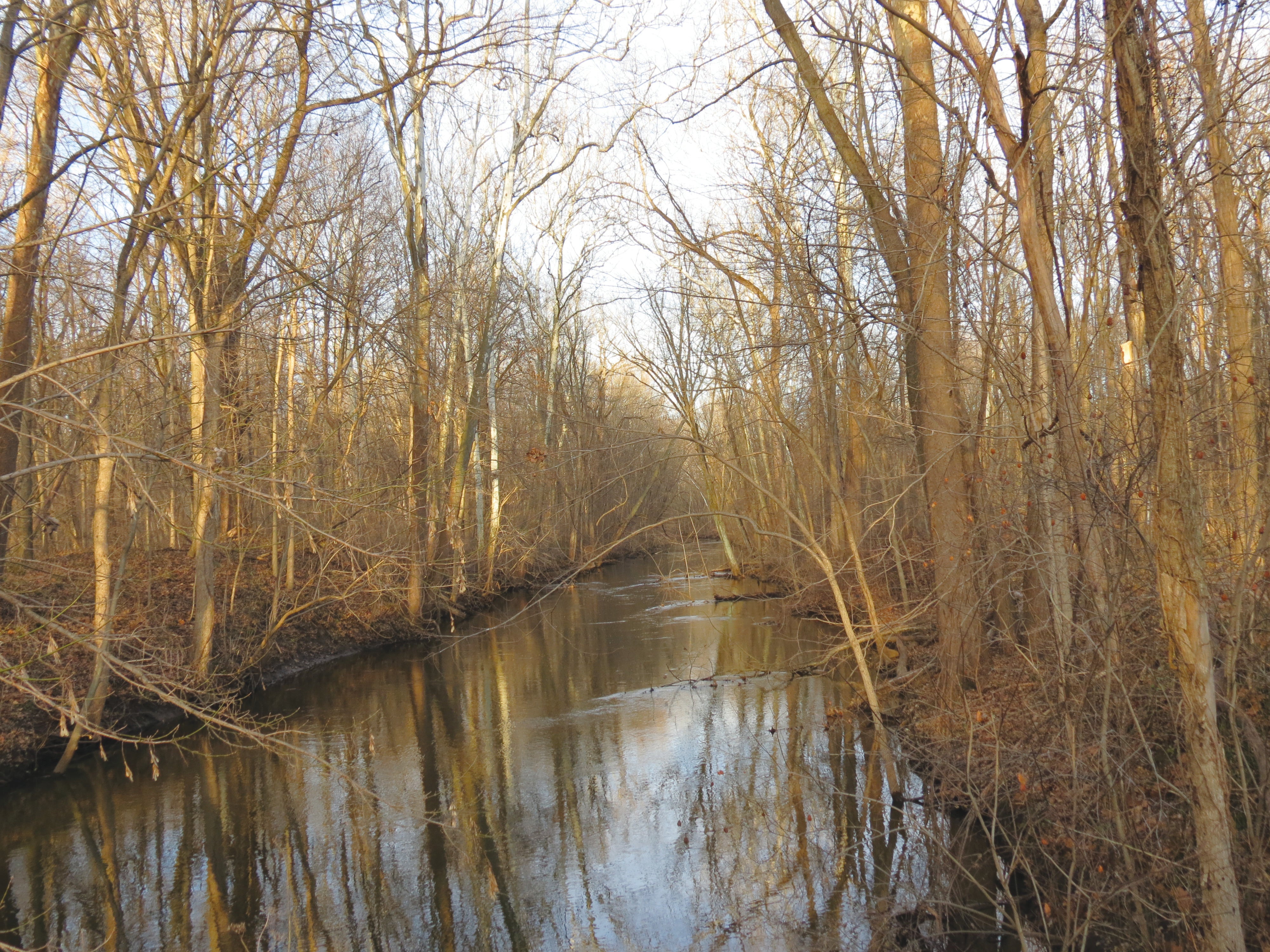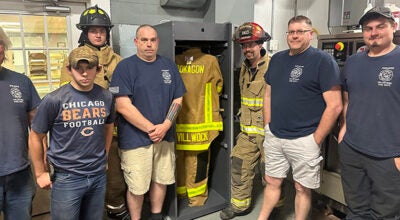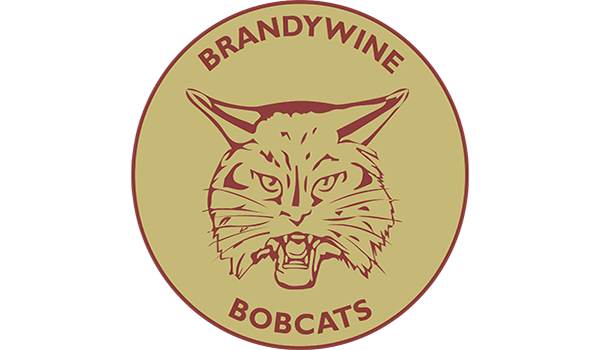Respect the Rivers: Local waterways remain important to Pokagon way of life – HORIZONS 2022
Published 2:30 pm Friday, June 17, 2022
|
Getting your Trinity Audio player ready...
|
DOWAGIAC — From catching fish in birch bark canoes on the St. Joseph River to growing crops in its lush floodplains, the Potawatomi have lived in harmony with local waterways for hundreds of years. offered thanks to the water with ceremonial gifts of tobacco. Women, meanwhile, were tasked with the protection of the waterways for future generations – a task which has proven increasingly difficult since the early days of the United States.
Following the Indian Removal Act of 1830, most Potawatomi bands were forced west by the U.S. Government in what became known as the Trail of Tears. One tribe, however, was able to negotiate to keep its land – the Pokagon Band of Potawatomi.
Over the years, the Pokagon have dealt with the continued decimation of their waterways due to pollution and industry. Thanks to years of dedicated work and its steadfast connection to preserving the land, however, the Dowagiac-based Band is one step closer to restoring a stretch of the Dowagiac River back to its former glory.
Connection
The Pokagon refer to themselves as Neshnabé, a Potawatomi name which itself refers to the tribal connection to nature, according to Pokagon Band Language Specialist Kyle Mallott.
“There are tons of different interpretations for how that word breaks down. One of the interpretations means … ‘we need everything that’s out there,’” said Mallott, who has also worked for the tribal Department of Natural Resources.
Mallott illustrated the tribe’s connection with water by tracing the Dowagiac River and Dowagiac Creek to the St. Joseph River, Lake Michigan and the rest of the Great Lakes. Eventually, those waterways reach the Gulf of Mexico through the Mississippi River and the Atlantic Ocean through the St. Lawrence Seaway.
“Just as the waterways are interconnected, so too are people and nature,” Mallot said. “All people are dependent on water – we are 75 percent water. All the animals depend on water, as well … It’s important to keep the waterways clean and safe so that our next generation will have that luxury to use those waterways like we’re supposed to.”
Mallott said that even hundreds of years after the Potawatomi settled along the St. Joseph River – called “Senathwen zibé” and translated to “rocky river” – a recent Pokagon census shows many of its people still live along various networks of rivers extending from southwest Michigan to Northwest Indiana.
Despite not needing the waterways for transportation as they once did, Mallott said the tribe still relies on the rivers as part of the ecosystem that must be taken care of, preserved and even cleansed of the destruction humans have caused through pollution and projects such as the Dowagiac River straightening project of the early 1900s.
For hundreds of years prior to the straightening, the Pokagon depended on the river for food. According to Pokagon DNR Director Jennifer Kanine, when European settlers decided the land would be good for farming they drained the floodplains and dredged the river,negatively impacting the entire ecosystem on Pokagon land.
“What resulted was a quick, flashy system,” Kanine said. “Flashy systems aren’t the best systems for biodiversity. It means when you have a rain event, all that water flows directly into the river, carrying all the sediments and pollutants and nutrients with it. It hampers the ability of some invertebrates and fish to survive in the river.”
Restoration
Since about 2011, the Pokagon DNR has been working on the Dowagiac River Restoration Project, which will re-meander a portion of the river south of Peavine St. and just north of tribal lands. According to Kanine, phase one of the project is set to begin this year. By the time the project is complete, the section of river will nearly double in length from .66 miles to 1.29 miles.
“By re-meandering the river, we are actually making a more of a living and biodiverse system,” Kanine said. “As the river comes back to tribal property, it will slow down and create little sandbars and little niche habitats.”
The Dowagiac River Restoration Project website states the restoration will benefit migratory fish, turtles, and waterfowl, as well as allow tribal citizens more fishing opportunities. According to Kanine, the recent removal of the Pucker Street Dam in Niles and Dowagiac River Restoration Water Trail Project – a separate project which also restored two miles of the river and added a canoe launch at Peavine Street – was essential for the future of fishing for the Band.
“Those fish are coming above the dam, some of them for the first time in a century,” Kanine said. “So what we want to do is create a habitat for them that they like. If they have a suitable habitat, maybe they will stay, maybe they will lay their eggs – maybe they’ll hang out and provide opportunities for our tribal citizens to be able to fish in that section.”
With the return of the fish – Gigoyêk in the native language – Mallott added that bald eagles, or Gënowêk, are now returning as well.
“They’re thriving now because they are able to collect fish (Gigoyêk) and turtles (Mshikék) and all kinds of stuff along the river, and build their nest,” said Mallott, adding that Zëgoyêk, or great blue heron, are also thriving.
Mallott believes the general public could learn and benefit from observing the way the Pokagon Band respects and is conscious of the waterways.
“We need those waterways to be clean. Plants, animals … they don’t need us,” he said. “If mankind was wiped off the face of the earth tomorrow, the only things that would be affected negatively would be lice and domesticated animals. These rivers and waterways would regenerate back to being healthy.”









